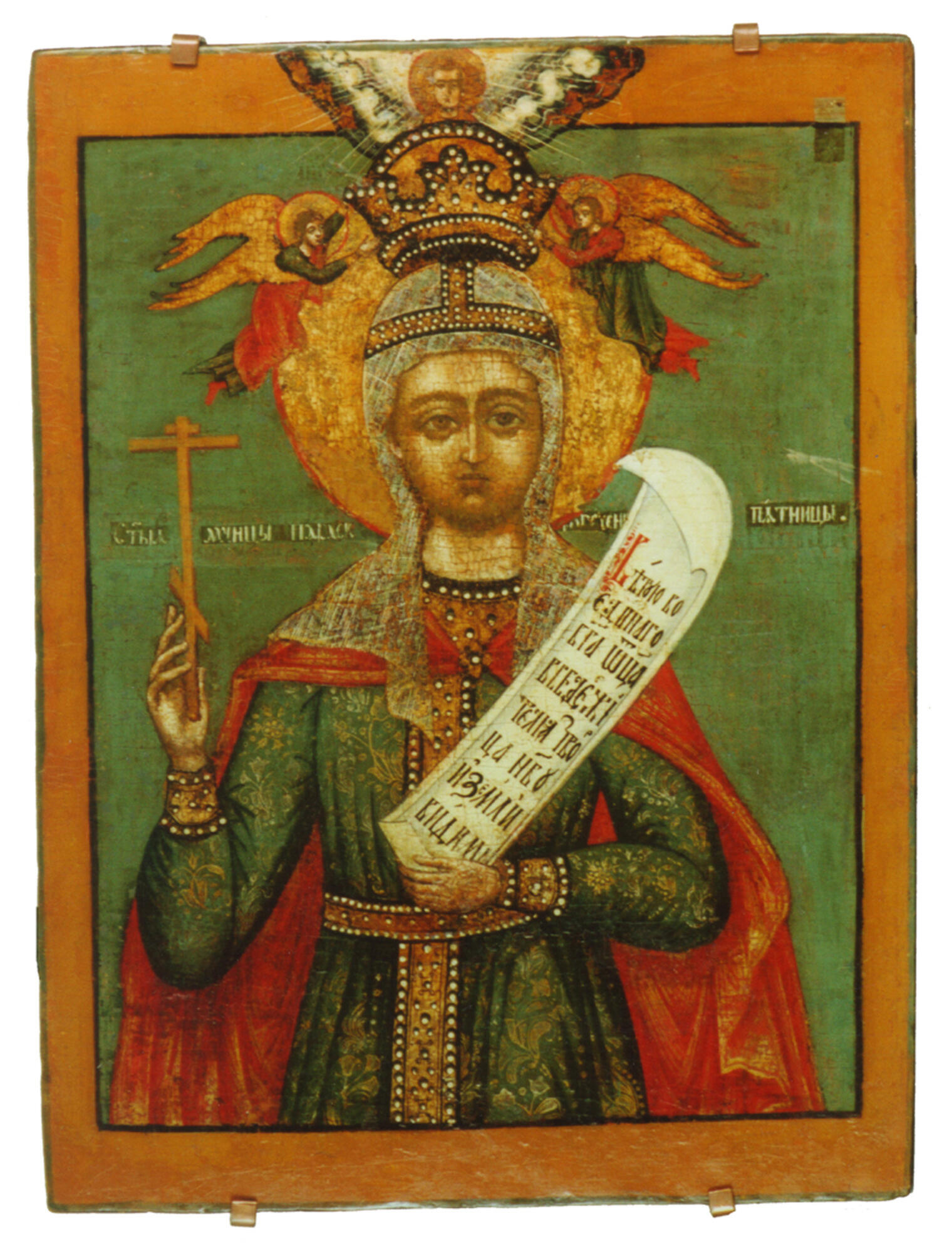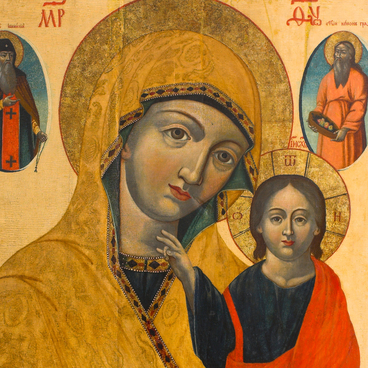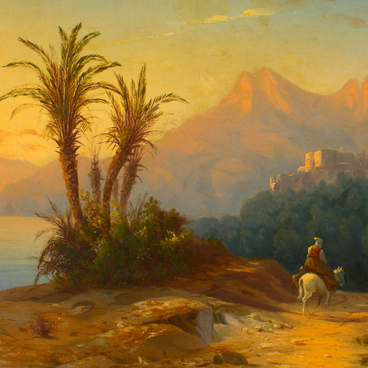The great Martyress Paraskeva was born during the reign of the Emperor Diocletian in the city of Iconium in Asia Minor (southern Turkey). Her parents believed that Friday, when Jesus Christ was crucified, was a special day. In honor of this day, they named their daughter. Paraskeva represented the good Friday, and she was revered as a Great Martyress who was tortured and firmly defended her faith.
The story about the life of Paraskeva says that her parents brought her up in piety and purity. Since she was a child, Paraskeva had loved Christ with all her heart, and she followed her parents in faith and deeds. Paraskeva became orphaned when she was still young. When she reached the age of majority, she took a vow of virginity and was converting pagans into the Christian faith. This was the reason why some pagan hated her, they captured her and suggested that she should sacrifice to the idols. Paraskeva refused and she was killed in torture.
In folk beliefs, Paraskeva plays the same prominent role among the Holy Wives, as Saint Nicholas does among other saints. Both of them are considered as intercessors and helpers in all troubles, and Paraskeva is also the patroness of weddings, the home, and women’s labor. The Orthodox Church celebrates the memory of the great Martyress on November 10 as per the new calendar style.
The Paraskeva “Friday” icon is a temple icon, it is the image of the Saint in whose honor the temple was consecrated. She is holding an eight-pointed cross in her right hand and a scroll with the text of the prayer in her left hand: “I believe in One God, the Father Almighty, the Creator of heaven and earth, we see…”
The story about the life of Paraskeva says that her parents brought her up in piety and purity. Since she was a child, Paraskeva had loved Christ with all her heart, and she followed her parents in faith and deeds. Paraskeva became orphaned when she was still young. When she reached the age of majority, she took a vow of virginity and was converting pagans into the Christian faith. This was the reason why some pagan hated her, they captured her and suggested that she should sacrifice to the idols. Paraskeva refused and she was killed in torture.
In folk beliefs, Paraskeva plays the same prominent role among the Holy Wives, as Saint Nicholas does among other saints. Both of them are considered as intercessors and helpers in all troubles, and Paraskeva is also the patroness of weddings, the home, and women’s labor. The Orthodox Church celebrates the memory of the great Martyress on November 10 as per the new calendar style.
The Paraskeva “Friday” icon is a temple icon, it is the image of the Saint in whose honor the temple was consecrated. She is holding an eight-pointed cross in her right hand and a scroll with the text of the prayer in her left hand: “I believe in One God, the Father Almighty, the Creator of heaven and earth, we see…”
Paraskeva is wearing a dark green tunic with a floral pattern, which is painted with gold and silver-powdered paints with addition of precious metals. The lower part of the tunic is trimmed with pearls, this a special type of embroidery. Above Paraskeva’s head, two angels are holding a crown — a symbol of martyrdom. The Paraskeva’s golden nimb is outlined with a red line. Above the crown, on the icon margins there is the image of the Savior Emmanuel in the clouds.
The background of the icon is light green, the margins are ochre. The middle part — the centerpiece — is outlined with a black line, a thin stripe along the edge is dark green. Judging by the manner of painting and colors, the icon can be referred to as an iconographic artwork created in the Yenisei region in the 18th century. The Saint’s face has some special features — high cheekbones and almond-shaped eyes, her features resemble the facial features of the local indigenous peoples. Perhaps, the icon painter did it deliberately — he wanted the Saint to look like local population, to make her image closer for them. The icon was presented to the Museum by artist Vladimir Kapelko in 1981.
The background of the icon is light green, the margins are ochre. The middle part — the centerpiece — is outlined with a black line, a thin stripe along the edge is dark green. Judging by the manner of painting and colors, the icon can be referred to as an iconographic artwork created in the Yenisei region in the 18th century. The Saint’s face has some special features — high cheekbones and almond-shaped eyes, her features resemble the facial features of the local indigenous peoples. Perhaps, the icon painter did it deliberately — he wanted the Saint to look like local population, to make her image closer for them. The icon was presented to the Museum by artist Vladimir Kapelko in 1981.



